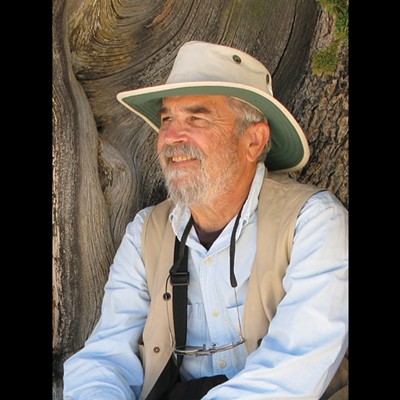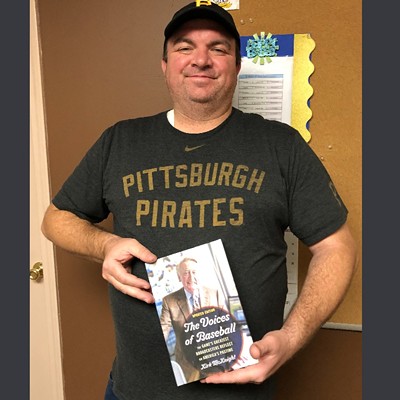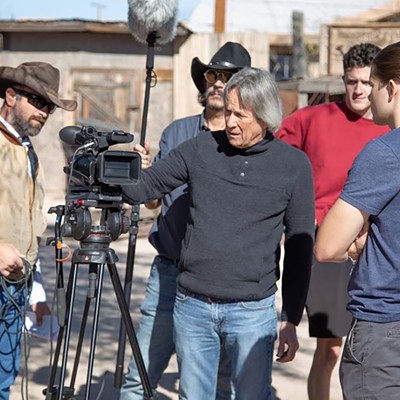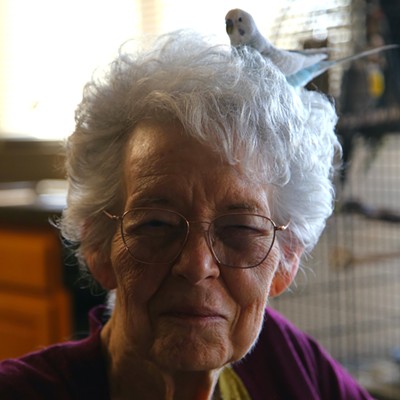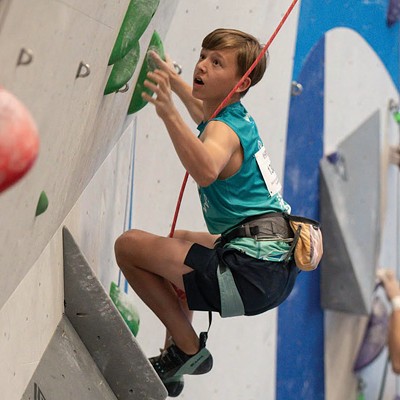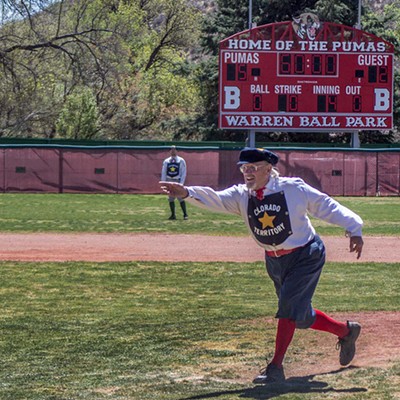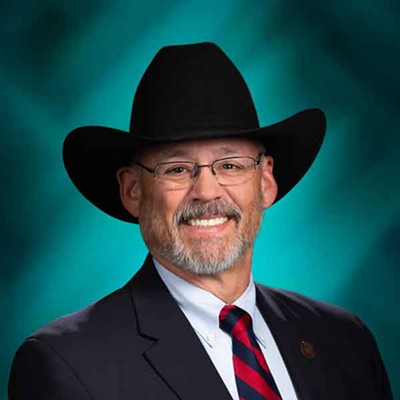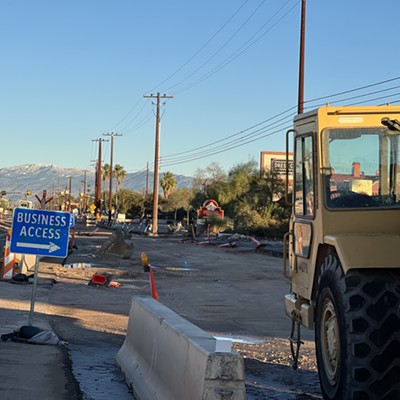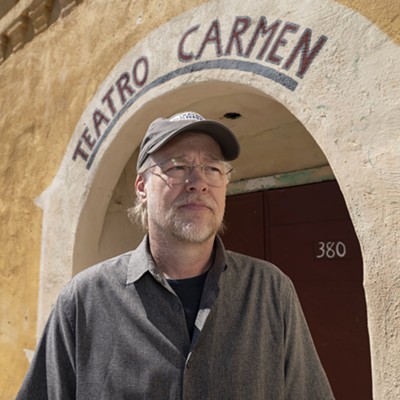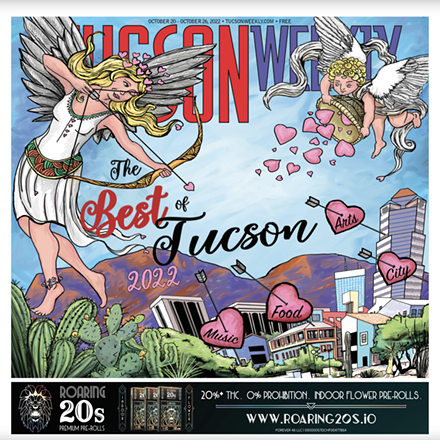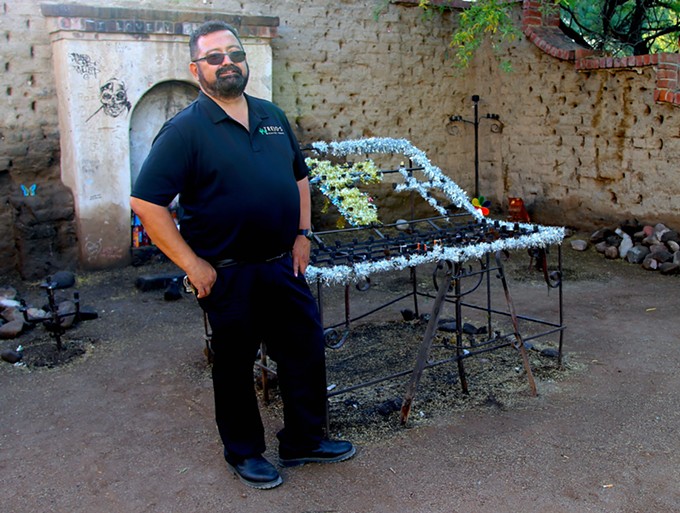
Mauro Trejo is down to give the dirty truth on his walking tours. Don’t expect any whitewashed history here.
“I’m not afraid to offend anyone,” Trejo said.
Take, for example, well-heeled Barrio Viejo, once called Barrio Libre.
“This was Libre and they called it Libre because they say it was a free zone where no police would come,” Trejo said. “Basically, this was a crime-ridden place where you could expect to be stabbed at any point.”
Maybe “they” had a point.
“In 1870, a rancher by the name of Juan Oliveros gets involved in a love triangle, and he’s killed,” Trejo said. “They bury him in unconsecrated ground. The (Catholic) church wants nothing to do with him, so the people in the neighborhood start coming out and placing candles for him, making prayers for his soul, and eventually it just became a place for people to come out and worship.”
It’s El Tiradito, a “shrine” next door to El Minuto Cafe on South Main Street, Downtown.
Hear the rest of the story — and it’s juicy — on Trejo’s walking tour of Barrio Viejo. The jaunts, which run even in the summer, also feature the Santa Cruz River Walking Tour and Tucson History Walking Tour. Custom tours are available, too. Cost varies.
Learn the unvarnished history of the Old Pueblo with Trejo, who is a proud seventh-generation Tucsonan.
The histories of Trejo’s family and Tucson are intertwined, and he loves it. Out of that love came Trejo’s Walking Tours, the Real History of Tucson.
Trejo became interested in Tucson’s history in large part because of his grandfather, who had plenty of his own tales to tell.
On his Barrio Viejo tour, Trejo describes “the background of the city, the history, the significance of the neighborhood and why it means what it means.”
For example, people have been inhabiting the Tucson area for about 4,000 years, Trejo said. At that time, it was an agricultural community. Why? “We had perennial water here; the Santa Cruz River used to flow year-round.”
These were not the first people here. Trejo said there is evidence of a population of Paleo-Indians from 13,000 years ago.
To understand Barrio Viejo, though, is to understand Tucson’s history. This is the neighborhood where Trejo’s grandfather was born; the house still stands and is occupied.
Lalo Guerrero, who strongly influenced Latin-American musicians, was also born here. Linda Ronstadt’s grandmother performed at Teatro Carmen, another Barrio Viejo landmark; it’s being restored.
“Really, if there’s anything that represents the birthplace of the culture of modern Tucson, what is good about us, it is this neighborhood,” Trejo said. “Maybe not today, but it was born out of this place. This was a multicultural estuary where people came together from different cultures and races.”
In the 1880s through the 1920s, Barrio Viejo was about 80% Mexican, the other 20% included Chinese, African American, German, French, Basque and even one lone person from Puerto Rico, Trejo said.
“All these different races come together here whereas Anglo Tucson developed north and east, and this division becomes a little clearer after the arrival of the railroads in the 1880s,” Trejo added.
Trejo does not have children and isn’t likely to, so it was suggested that this important Tucson legacy will die with him.
“Well, not if I can pass it on in the tours and talks and sharing the history of Tucson,” he said.
Trejo’s Walking Tours, the Real History of Tucson
mauro@trejostucson.com
520-329-2639

